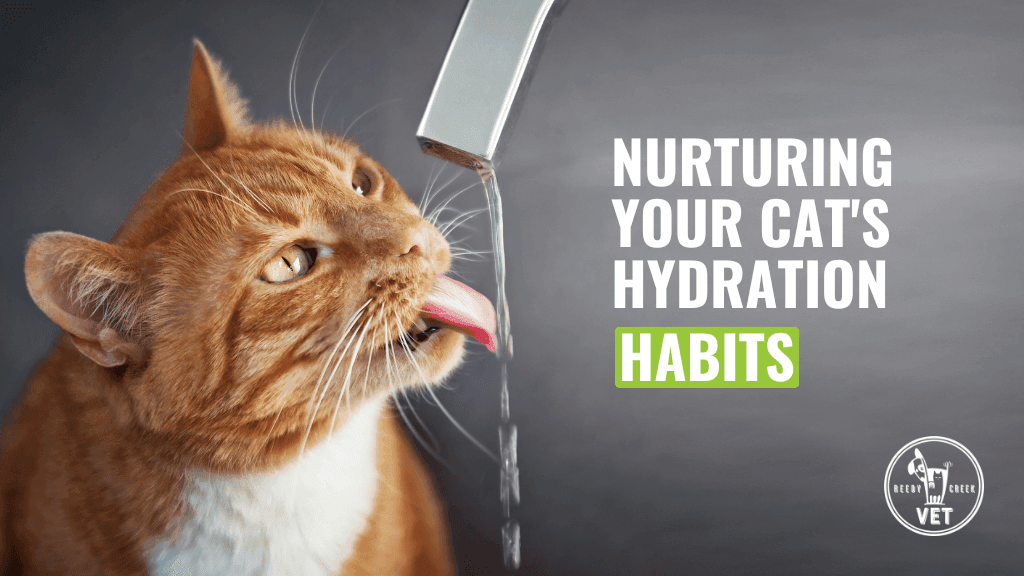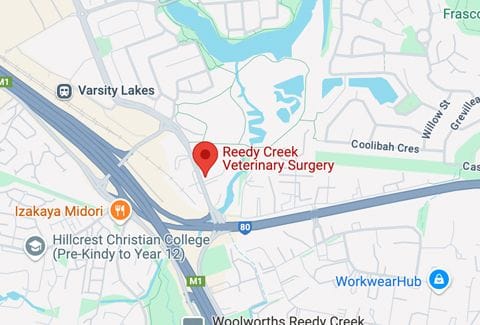Fostering Better Hydration Habits for Your Cat
)
Cats are known for being particular, and this extends to their drinking habits. Paying attention to how much water your cat consumes is essential for their overall health and wellbeing. Even small factors, like where you place their water bowl or how often you refresh their water, can impact their hydration levels.
While cats may not seem to have a strong thirst drive, maintaining proper hydration is vital for their body to function effectively. Despite their evolutionary adaptations to arid environments, cats still need sufficient water to support digestion, circulation, urinary health, and organ function.
Interestingly, cats aren’t the most efficient drinkers—each lap of water only gives them about 3% of a teaspoon. This means that providing them with appealing water sources is crucial to encourage regular drinking and prevent dehydration.
What are the signs of dehydration in cats?
It’s important to know the signs of dehydration so you can take quick action if necessary. Some common indicators include:
- Dry gums
- Lethargy or depression
- Loss of appetite
- Reduced skin elasticity
- Increased heart rate
A simple test for dehydration is called “skin tenting.” To perform this test, gently pinch the skin over your cat’s shoulders. If the skin takes a moment to return to its normal position or stays gathered, it could indicate dehydration. If you suspect dehydration, it's essential to consult your vet as soon as possible.
How much water should a cat drink per day?
The amount of water your cat needs can vary based on their diet. Cats that primarily eat wet food, which contains about 70% water, will drink less compared to those on a dry food diet. Health conditions like diabetes, kidney disease, or hyperthyroidism can also increase water consumption.
Monitoring your cat’s normal water intake can provide valuable insight. You can measure the amount they drink over a 24-hour period. If your cat drinks more than 50mls per kilogram of body weight in a day, it may indicate excessive thirst, which could signal underlying health issues. In such cases, scheduling a blood test with your vet for early detection is advisable.
Tips for Encouraging Your Cat to Drink More Water
As cats age, their kidneys require extra hydration to function properly, so encouraging your cat to drink becomes even more important. Here are five top tips to help your cat stay hydrated:
- Choose the Right Bowl: Cats prefer wide, shallow bowls that don’t cause their whiskers to touch the sides. Some cats even like drinking from glasses.
- Optimal Placement: Make sure the water bowl is placed in a visible, easily accessible spot where your cat feels secure.
- Separate Food and Water: Keep food and water bowls apart to prevent contamination, as some cats are very particular about their drinking water. Offering multiple water sources around the house can also help.
- Keep It Fresh: Replace your cat’s water daily to ensure it stays clean and appealing. Dust, dirt, and hair can easily accumulate, making the water less enticing.
- Consider a Water Fountain: Some cats prefer running water, which mimics natural water sources. A pet water fountain can be a great way to make drinking more interesting for your feline friend.
In some cases, you may find that your cat still doesn’t drink much water, even after trying all the tricks. This is not always a cause for concern, as cats, being desert animals, have developed the ability to concentrate their urine effectively. If your cat eats wet food, which contains about 70% water, it is normal for them to drink less from their bowl.
For older cats, particularly those with chronic kidney disease, adding extra water to wet food can help ensure they stay hydrated, especially when their kidneys begin to function less efficiently.
Conclusion
A hydrated cat is a healthy cat. Making sure your pet has access to fresh, clean water in a comfortable, quiet spot is essential to their wellbeing. Simple adjustments like choosing the right water bowl, keeping it fresh, and trying a water fountain can make a big difference in promoting good hydration habits. Remember, your cat’s health starts with the basics, and hydration is key to keeping them happy and healthy for years to come.
| Tags:CatClient InformationHealth Advice |
&geometry(140x140))

